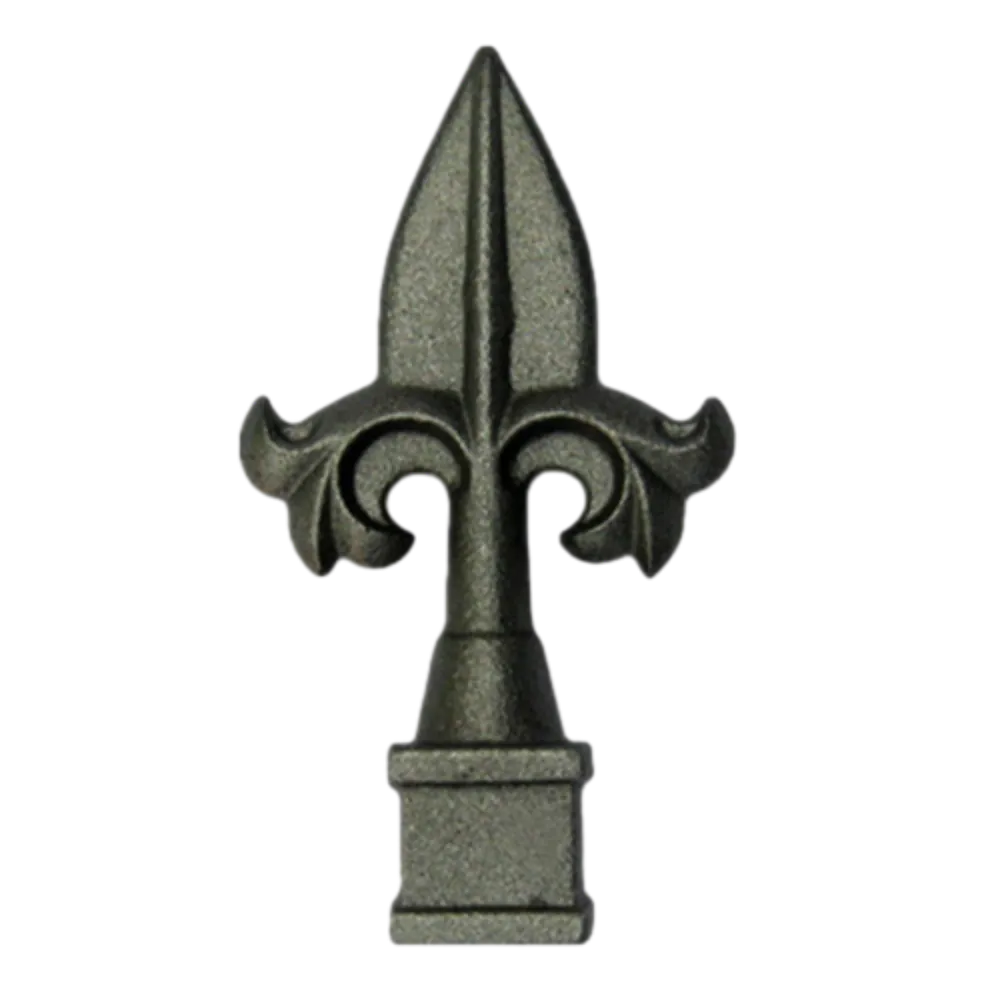Innovative Designs for Iron Casting in Modern Manufacturing Applications
Iron Casting Designs A Blend of Tradition and Innovation
Iron casting is one of the oldest manufacturing processes known to humanity, dating back thousands of years. It involves pouring molten iron into a mold, where it solidifies into a desired shape. This technique serves a variety of industries, from automotive to infrastructure, providing solutions that require durability and strength. As technology evolves, so too do the designs and techniques associated with iron casting, creating a dynamic field that harmonizes tradition and modernity.
The Basics of Iron Casting
At its core, iron casting begins with the selection of the appropriate type of iron, typically grey cast iron, ductile iron, or white cast iron. Each type possesses distinct characteristics that make it suitable for specific applications. Grey cast iron, for instance, is renowned for its excellent machinability and vibration-dampening properties, making it ideal for engine blocks and machine bases. On the other hand, ductile iron offers enhanced tensile strength and ductility, which is advantageous for products needing to withstand heavy loads or stresses.
Once the type of iron is determined, the design phase commences. This phase incorporates several factors, including functionality, aesthetic appeal, and manufacturability. Designers must ensure that the final product will perform its intended function while also being feasible to produce. Computer-Aided Design (CAD) software has revolutionized this phase, allowing for precise modeling and testing of designs before any physical casting occurs.
Innovations in Iron Casting Design
The advent of technology has led to innovations that have significantly enhanced iron casting designs. One notable advancement is the use of 3D printing and additive manufacturing technologies to create molds. Traditional sand casting methods have been refined with 3D-printed sand molds, which allow for more complex geometries and reduced lead times. This means that designs that were once considered too intricate or expensive to produce can now be manufactured with relative ease.
iron casting designs

Another innovation is the integration of simulation software in the design process. This technology enables engineers to predict how the molten iron will flow into the mold, identify potential defects, and optimize the casting process. By simulating thermal and flow dynamics, designers can refine their molds to achieve better final products, reducing waste and saving costs.
Sustainable Practices in Iron Casting
As industries shift towards sustainability, iron casting is not left behind. Modern designs increasingly incorporate sustainable practices, such as the recycling of scrap metal. With advancements in sorting and purification technologies, foundries can now use recycled materials without compromising the quality of the finished product. This not only reduces the need for new raw materials but also minimizes the overall environmental footprint of the casting process.
Moreover, designers are focusing on producing lighter and more efficiently engineered components that consume less energy during manufacturing and operation. This trend is particularly prominent in sectors like automotive and aerospace, where fuel efficiency and weight reduction directly impact sustainability.
Conclusion
Iron casting design represents a dynamic intersection of age-old craftsmanship and contemporary innovation. It is a field where tradition is respected but not limited, enabling economies of scale and customization that meet the needs of a diverse range of industries. As technology advances, the possibilities for iron casting will only continue to expand, paving the way for even more innovative designs that champion both function and sustainability. In this evolving landscape, engineers and designers play a crucial role in shaping the future of iron casting, ensuring that it remains a cornerstone of manufacturing for generations to come.
-
Wrought Iron Components: Timeless Elegance and Structural StrengthNewsJul.28,2025
-
Window Hardware Essentials: Rollers, Handles, and Locking SolutionsNewsJul.28,2025
-
Small Agricultural Processing Machines: Corn Threshers, Cassava Chippers, Grain Peelers & Chaff CuttersNewsJul.28,2025
-
Sliding Rollers: Smooth, Silent, and Built to LastNewsJul.28,2025
-
Cast Iron Stoves: Timeless Heating with Modern EfficiencyNewsJul.28,2025
-
Cast Iron Pipe and Fitting: Durable, Fire-Resistant Solutions for Plumbing and DrainageNewsJul.28,2025
-
 Wrought Iron Components: Timeless Elegance and Structural StrengthJul-28-2025Wrought Iron Components: Timeless Elegance and Structural Strength
Wrought Iron Components: Timeless Elegance and Structural StrengthJul-28-2025Wrought Iron Components: Timeless Elegance and Structural Strength -
 Window Hardware Essentials: Rollers, Handles, and Locking SolutionsJul-28-2025Window Hardware Essentials: Rollers, Handles, and Locking Solutions
Window Hardware Essentials: Rollers, Handles, and Locking SolutionsJul-28-2025Window Hardware Essentials: Rollers, Handles, and Locking Solutions -
 Small Agricultural Processing Machines: Corn Threshers, Cassava Chippers, Grain Peelers & Chaff CuttersJul-28-2025Small Agricultural Processing Machines: Corn Threshers, Cassava Chippers, Grain Peelers & Chaff Cutters
Small Agricultural Processing Machines: Corn Threshers, Cassava Chippers, Grain Peelers & Chaff CuttersJul-28-2025Small Agricultural Processing Machines: Corn Threshers, Cassava Chippers, Grain Peelers & Chaff Cutters












